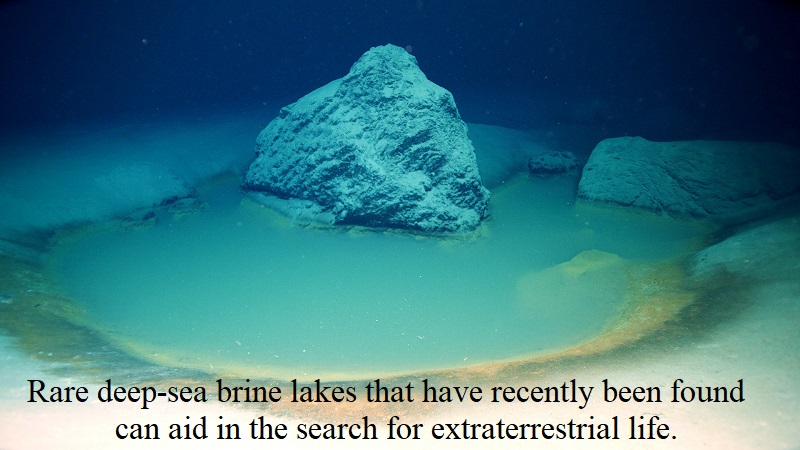
Rare deep-sea brine ponds discovered in the Red Sea may reveal information about the origins of life on Earth. They might also reveal details on regional environmental changes over the long term, according to recent studies.
Even though they are uncommon and small, brine pools constitute a densely inhabited bottom of the ocean’s ‘macrofaunal and microbiological’ diversity.
Talking to Live Science, Sam Purkis, professor and chair of the Department of Marine Geosciences at the University of Miami, and research lead author stated: ‘Our current understanding is that life originated on Earth in the deep sea, almost certainly in anoxic — without oxygen.’origin of life
He continued by saying that because they represent one of the most harsh inhabited ecosystems on Earth, deep-sea brine lakes are of significant scientific interest.
‘Despite being devoid of oxygen and hypersaline, they are teeming with a rich community of so-called ‘extremophile’ microbes. Studying this community, hence allows a glimpse into the sort of conditions where life first appeared on our planet.’
These can also help guide the search for life on ‘other water planets’ elsewhere in the universe, according to research published in the scientific journal Nature. Brine pools’ ‘exquisitely preserved’ sediments can aid in the forecasting of floods and tsunamis.
Burrowing shrimp, worms, and mollusks, which typically reside and survive on the seabed, are absent from the pools because the brine lacks oxygen. Typically, these creatures ‘bioturbate’ or ‘churn up’ the seafloor, upsetting the sediments that build up there, according to Purkis. ‘Not so with the brine pools. Here, any sedimentary layers that settle to the bed of the brine pool remain exquisitely intact.’
The core samples that the researchers extracted from the recently discovered brine lakes not only contained records of earthquakes and tsunamis, but also ‘provide an unbroken record of past rainfall in the region, dating back more than 1,000 years,’ according to Purkis.

Post Your Comments